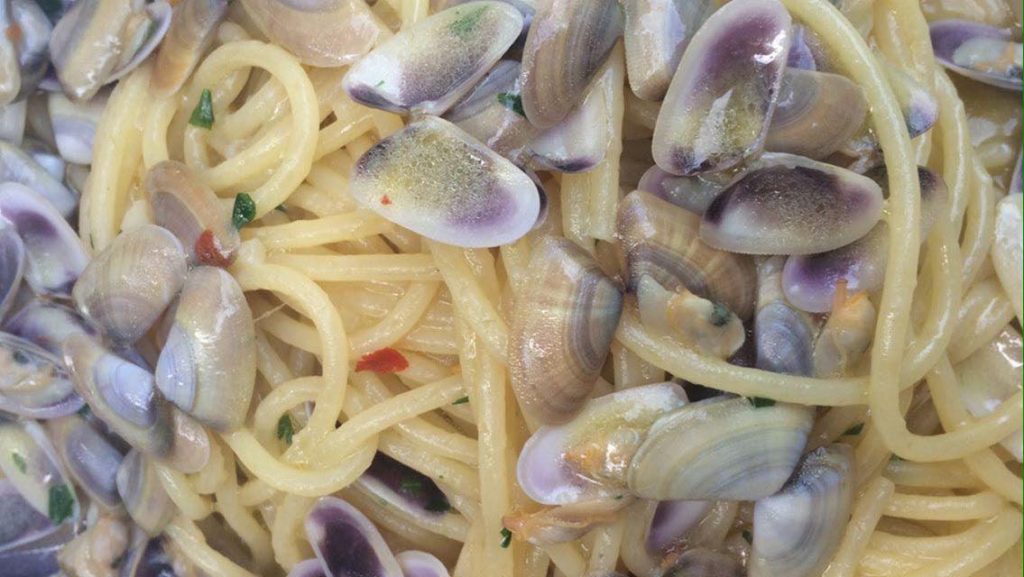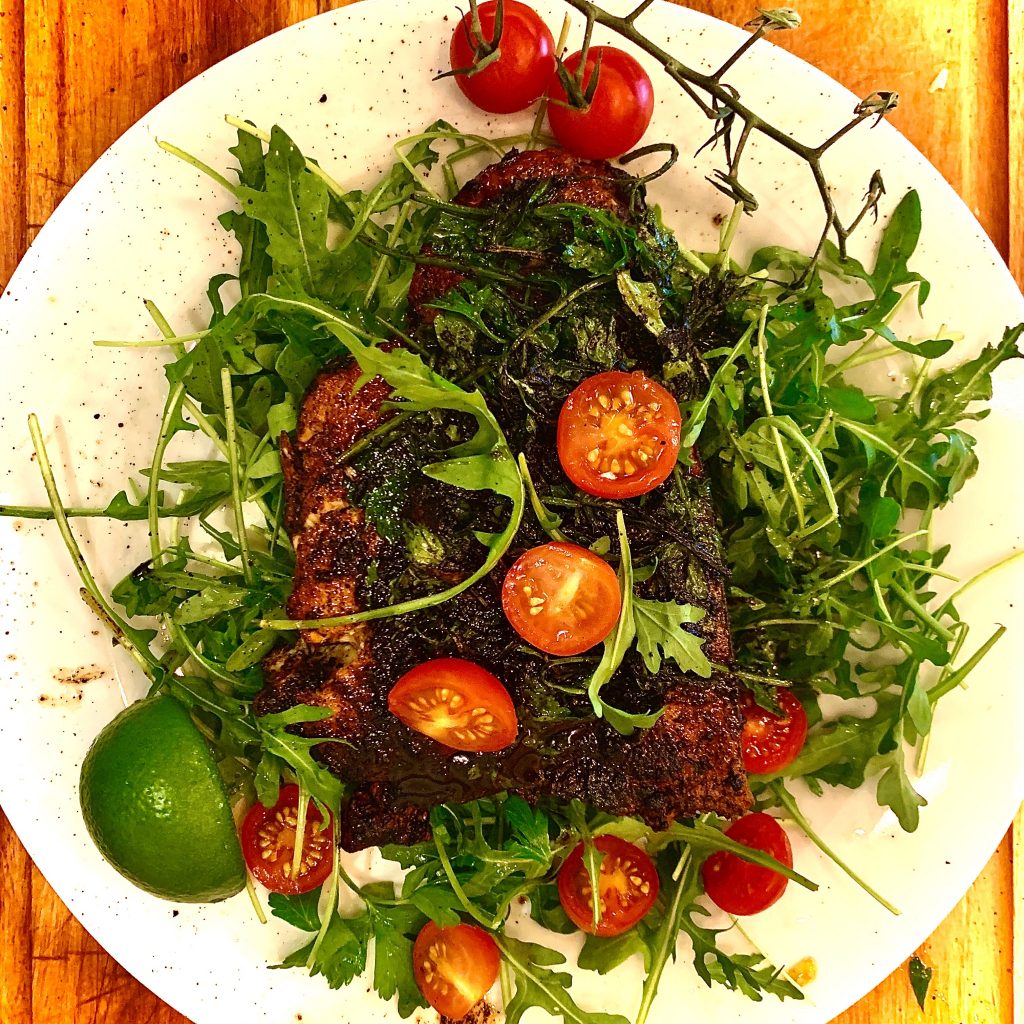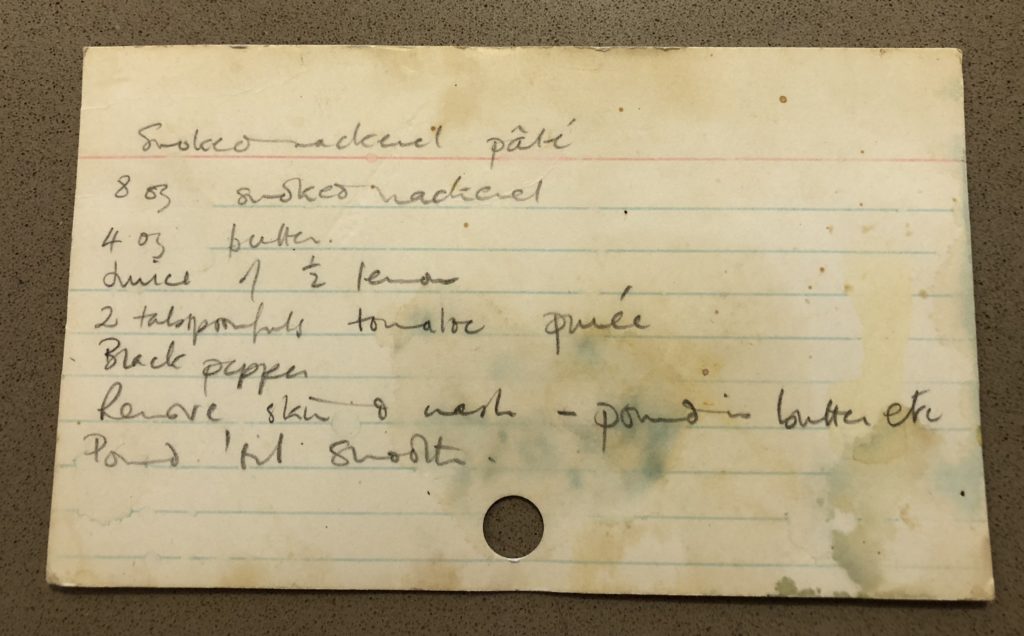I chose this one because I read that Mika Vainio gave you this idea – it’s from the Roman coast, and I remember a friend told me that when he went to pick up Mika at the airport in Rome, which is by the sea, he started to talk about Pasolini, and put his head out of the car window to catch some sea breeze smell, daydreaming. I always think about Pasolini and Coil when I’m there… and from that day on I also think about Mika. And it’s one of my fav. dishes I dream about and miss most here in Berlin.
This is as a traditional dish from the sea of Rome.
It was a poor dish: the beaches are so full of this very easy-to-collect molluscs, that it has been a valid competitor to clams, which not everybody could afford back in time. But if you can’t find them, you can replace with clams.
Ingredients for 4 people:
600gr Telline
300gr Spaghetti (i prefer a thick one – like Rummo Spaghetti Grossi N.5 – and a moderate pasta portion – 75g each leaves space for some antipasti or a second course)
1 garlic clove
a bunch of parsley sliced thin
fresh chilli – just a tiny hint
half a glass of white wine
pepper
lemon peel
Put the Telline in a bowl full of cold water and 70g of salt, and let them clean themselves for a couple of hours – if you collected the molluscs by yourself, let it stay longer, changing the salty water until you see no more sand coming out.
Prepare a pot of salty water for pasta, and while you bring it boil, cook the Telline. Its important to calibrate timing, cause you absolutely don’t want to overcook pasta, or abandon it in the colander and ruin it.
So if you feel unsure, better not to make all at the same time, but to prepare the Telline first.
For the Telline:
Put some oil in a pan with the garlic clove (slightly crushed with its peel) and fresh chilli – not much, just a tiny bit. You don’t want it to cover the delicate fish taste – and when you see it become golden, add the Telline.
Toss it, add parsley, douse with white wine, on a high heat for a couple of minutes until the Telline is all opened up.
At this point, you can drain the sauce and pass it through a strainer, to avoid the annoying possibility of finding sand on your teeth. Remove garlic and some of the empty shells, but not all; part of the game is suckling them.
Once you have filtered the sauce, you can put it all back on the heat.
If you notice that the situation is too dry, you can add some olive oil or, here’s a trick – a spoon of potato starch to make the sauce more dense and creamy. Add a pinch of salt if you think it’s needed.
Once you reach a satisfying sauce texture, you can add the pasta. You’ll have to treat it like if you were cooking risotto, mixing it with the Telline until the sauce ties perfectly – adding, if necessary, a ladleful of the cooking pasta water you saved when you drained it earlier, and some ground pepper.
Once its on the plate, if you want you can grate some lemon peel on it.
Enjoy, possibly in the sun with loads of white wine!









